Planting seeds for change with Viget’s Pro Bono Program
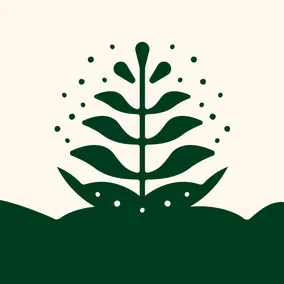
Meira Shuman, Former User Experience Designer
Article Categories:
Posted on
In the summer of 2022, Viget's Pro Bono team partnered with Hill Family Farm Education Center to redesign their website.
Hill Family Farm Education Center is more than just a farm. Since purchasing 20+ acres of land in Whitakers, NC back in 2008, Eunice and Silvester Hill expanded their focus beyond growing fresh fruits and vegetables to growing opportunities for their community. Hill Family Farm Education Center provides a wide range of programming, from a Career Readiness Program for students to a Meal Delivery Program for Seniors and Disabled Adults, and even hosting an annual Farmers and Beekeeper Conference.
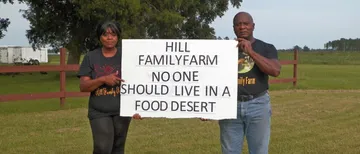
Viget was connected with Hill Family Farm as part of our Pro Bono Program and thanks to our ongoing partnership with the capacity-building organization Resourceful Communities. Viget’s Pro Bono Program seeks to provide free access to Viget’s digital skills and resources for organizations benefiting underserved populations. We recognize that having a professionally built website can significantly impact awareness, support, and donations, and in doing so, help a nonprofit organization make strides in accomplishing their mission and goals.
When Resourceful Communities told us about all the amazing work the Hills were doing in their community, and let us know that they were looking for a website redesign and new branding, the only question we had was, “When can we start?”
Project Planning
Based on what we’d learned from previous Pro Bono engagements, we came up with a four-week plan that included phases of discovery & strategy, visual design, production, and hand-off. This timeline served as a general guideline to help us identify and prioritize work within the sprint while still providing flexibility for any unforeseen challenges.
We assembled a team that included a Project Manager (Stephanie Fois), UX Designer and Team Lead (myself, Meira Shuman), Visual Designer (Andrew Greeson), and Team Support (Jackson Fox). Later on in the project, a Brand Writer (Gray Gill) joined the team to help out with some copywriting. Despite our individual titles, we knew that this project would be a little bit scrappy and might involve wearing multiple hats and taking on tasks outside of our familiar roles in order to accomplish all our goals within four weeks.
Discovery & Strategy
What is the purpose of the website?
We started our discovery phase by seeking to better understand Hill Family Farm’s mission and the role of its existing website through a website audit and stakeholder interviews. What we found was that the website was trying to do too much and was often out of date. Program pages were full of photos and flyers from previous events, but failed to communicate critical information to community members (e.g. “How can someone get involved in the program? Where do I sign up?”) or to donors (e.g. “What is the impact of the program? Why should I donate?”).
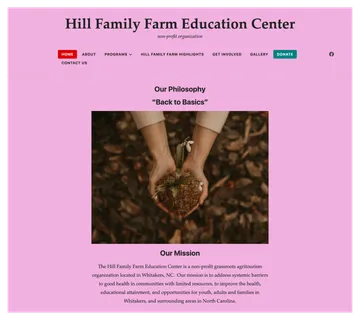
Who is visiting the website?
Another thing we learned during our research was that the primary website audience was grant providers, not volunteers or program participants as we originally assumed. Community members were engaging with Hill Family Farm more frequently on Facebook instead of visiting the website for their information.
How can the website and Facebook support one another?
This realization led our team to recommend a strategy that would allow the website and Facebook to best support one another – while the website would carry the load of conveying evergreen information about Hill Family Farm and boost its credibility by showing the breadth and impact of their work, Facebook would become the primary source of information related to upcoming events, as well as a hub to share images from past events.
One huge benefit of this approach was that it would minimize the number of website updates needed - with so many things on Eunice’s plate already, we didn’t want any stress about maintaining the website to add to her load.
Writing content about Hill Family Farm programming
With this strategy in place, we worked with Eunice to learn as much as we could about Hill Family Farm Education Center and its plethora of programs. We even learned that Silvester is the only Black manufacturer of ultralight aircraft in the entire country.
We were blown away by everything the Hills had accomplished and wanted to make sure the website fully captured the constantly evolving programming to meet the needs of their community. One way we wanted to show this was by sharing both active and inactive programs since some of their programs were only inactive due to a lack of funding. The hope was that grant organizations and donors would be able to learn about the value of these underfunded programs and help to bring them back.
Visual Design
A flexible logo design
Parallel to our work on content creation, low-fidelity wireframes, and information architecture, we also dove into branding and explored how to visually represent Hill Family Farm’s essence of community, grassroots, and education. We came up with a variety of logos to offer versatility across usage and a palette inspired by our client’s preferred earth tones.
Inspired by the elements
The dot pattern incorporated in the logo and other visual elements represents the feeling of a community of people coming together, as well as the soil/earth which is a foundation for all things. The growing plant represents education, a major focus of Hill Family Farm’s programming.
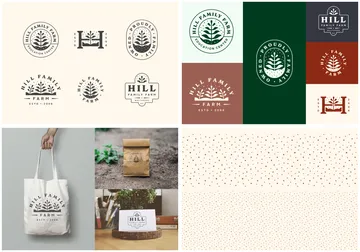
Building a new home on WordPress
One of the biggest challenges of this project was building the website within the constraints of the Wordpress.com platform. Hill Family Farm’s original website was already hosted on the WordPress platform so we decided to stick with this platform for ease of hand-off. We created templates and reusable blocks using WordPress' Gutenberg editor to ensure consistency across the site and incorporate our visual branding elements on every page.
We also repurposed existing content on the Hill Family Farm site to give their brand a more distinctive brand voice. Working closely with Eunice, we worked to ensure we communicated HFF’s mission and values clearly and captured the heart and value of their programming. We made sure the new content struck the right balance of being personable, educational, and welcoming.
Final Step: Hand-off
For a final step, we wanted to make sure Eunice and Silvester were able to make any desired changes to the website on their own. We recorded a video tutorial walking through the CMS for anyone at Hill Family Farm to rewatch whenever they need a reminder of how to make updates to programs, staff, or anything else on the website.
Finishing this project was such a rewarding experience. We all appreciated the opportunity to get to know Eunice and Silvester, and it was incredible to see how much a small team is able to accomplish in only a couple of weeks. It’s bittersweet to say goodbye to this project, but I know the team is already looking forward to our next Pro Bono project which is planned for later this year.
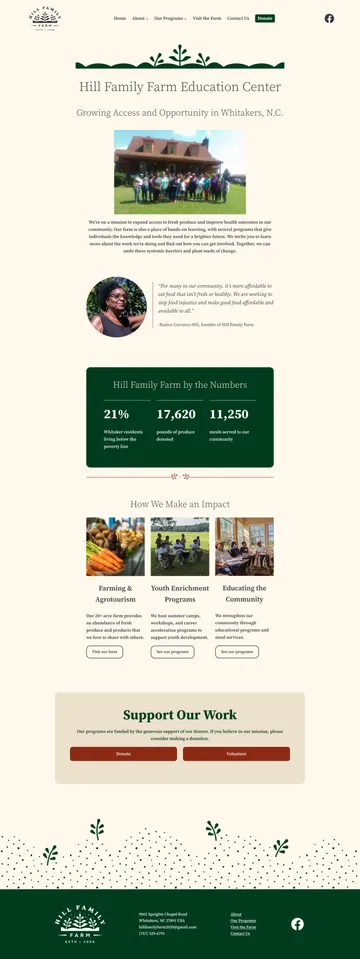
Check out Hill Family Farm Education Center's new website or learn more about Viget's Pro Bono Initiative.